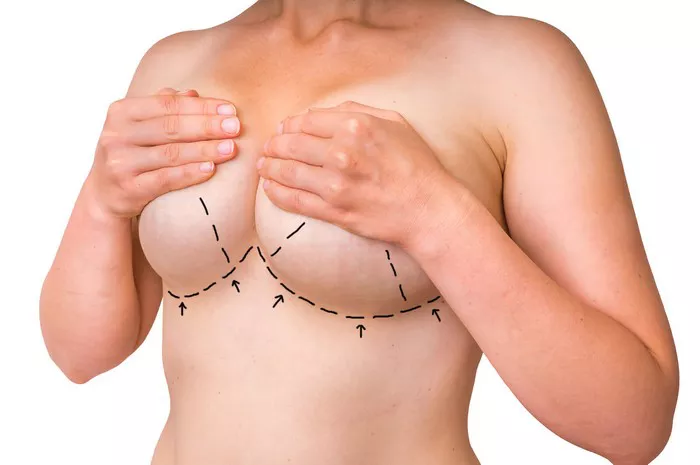Breast augmentation is a surgical procedure that involves the placement of breast implants to enhance the size and shape of the breasts. If you’re considering breast augmentation, it’s essential to understand the recovery process and the timeline for healing. While every individual’s recovery may vary, this article will provide a general overview of what to expect in terms of recovery time for breast augmentation.
1. Immediate Postoperative Period
– Immediately After Surgery: After breast augmentation surgery, you will be taken to a recovery area where you will be monitored closely. You may experience grogginess due to the effects of anesthesia. Your breasts will be wrapped in a surgical bra or bandages to provide support and reduce swelling.
- Discomfort and Pain: It is normal to experience some degree of discomfort and pain in the first few days following surgery. Your surgeon will prescribe pain medication to help manage any pain you may experience.
- Swelling and Bruising: Swelling and bruising are common after breast augmentation. The extent and duration of swelling and bruising vary from person to person but generally peak within the first few days and subside over the following weeks.
- Activity Restrictions: Your surgeon will provide specific instructions regarding activity restrictions during the initial recovery period. It is important to avoid strenuous activities, heavy lifting, and anything that may strain the chest muscles.
2. First Week of Recovery
– Return Home: Most patients can return home on the same day as the surgery, but some may require an overnight stay in the hospital or surgical facility.
- Dressings and Bandages: You may have dressings or bandages over your incision sites, and a surgical bra will be recommended to provide support and help with healing. Follow your surgeon’s instructions on when and how to change dressings and when to start wearing a regular bra.
- Follow-up Appointments: Your surgeon will schedule follow-up appointments to monitor your healing progress, remove any sutures or drains if necessary, and provide further instructions for your recovery.
- Limitations on Activities: During the first week of recovery, it is important to avoid activities that involve raising your arms, heavy lifting, or anything that puts strain on your chest muscles. Your surgeon will provide specific guidelines regarding the resumption of activities.
3. Subsequent Weeks of Recovery
- Resuming Daily Activities: By the second week, most individuals can start resuming light daily activities and may return to work if their job does not involve strenuous physical activity. However, it is essential to continue avoiding heavy lifting and strenuous exercise.
- Swelling and Bruising: Swelling and bruising will gradually subside over the next few weeks, although some mild swelling may persist for several months.
- Incision Care: Follow your surgeon’s instructions on how to care for your incisions. This may include cleaning the incision sites, applying ointments or creams, and avoiding exposure to water or excessive moisture.
- Physical Restrictions: It is important to continue avoiding activities that strain the chest muscles or put pressure on the breasts. Your surgeon will provide guidance on gradually increasing your activity level.
- Scar Healing: The incision scars from breast augmentation will go through a healing process. Initially, the scars may appear red and raised, but they will gradually fade and flatten over time. It can take several months for the scars to mature and become less noticeable.
4. Long-Term Recovery
- Return to Normal Activities: By the fourth to sixth week, most individuals can resume normal activities, including exercise and more physically demanding tasks. However, it is still important to listen to your body and gradually increase the intensity of your activities to avoid strain or injury.
- Final Results: While you will notice immediate changes in the appearance of your breasts, it may take several months for the final results of breast augmentation to fully manifest. The breasts will continue to settle and any residual swelling will subside, allowing you to appreciate the final outcome of the surgery.
- Follow-up Appointments: Your surgeon will schedule periodic follow-up appointments to assess your healing progress, monitor the condition of the implants, and address any concerns you may have.
Conclusion
The recovery process for breast augmentation varies from person to person, but understanding the general timeline can help you prepare for the healing journey. It is crucial to follow your surgeon’s postoperative instructions carefully, attend follow-up appointments, and give your body adequate time to heal. Remember, recovery is a gradual process, and it may take several weeks to return to your normal routine and see the final results of your breast augmentation. If you have any concerns or questions during your recovery, do not hesitate to reach out to your surgeon for guidance and support.


